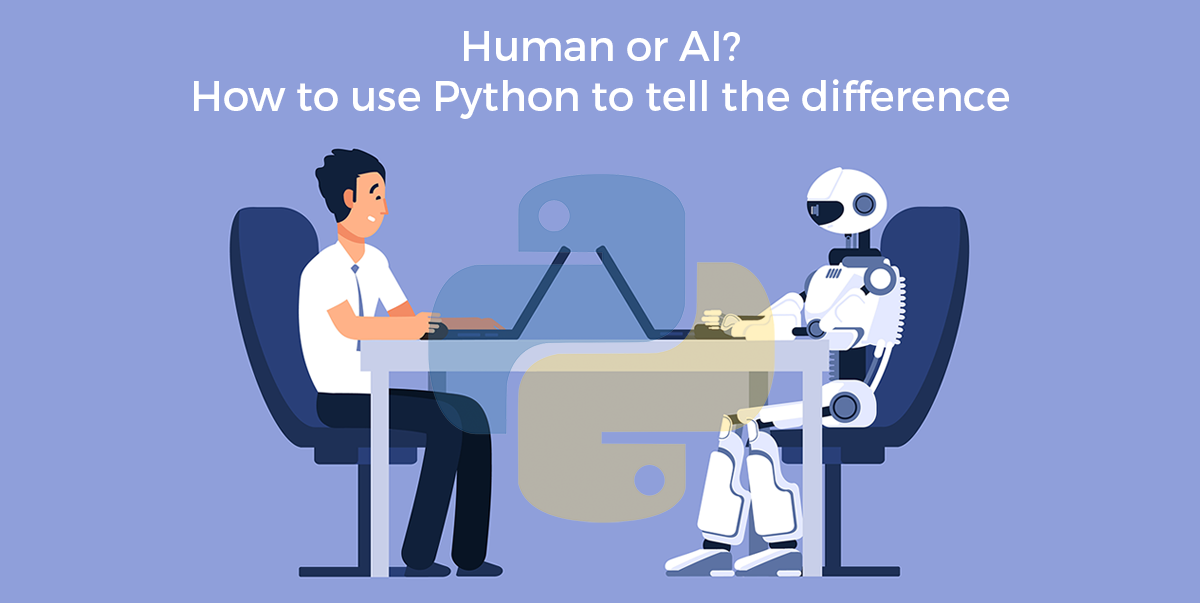Overview of AI-generated Content and Scams
In April 2018, a deepfake video of former President Barack Obama circulated, sounding a warning about the potential dangers of AI technology. Since then, advancements in AI, such as GPT-2 and DALL-E, have made significant progress in generating text and images that can deceive even the most discerning observers.
Rise of AI Technology in Media
In the following years, numerous AI platforms like Meta’s Make-A-Video and OpenAI Sora have emerged, allowing users to create realistic videos based on text descriptions alone. This rise in AI-generated content has blurred the lines between reality and fiction, posing challenges for distinguishing between genuine and AI-generated media.

Google's Initiative to Combat Misinformation
To address the growing threat of AI-generated scams and misinformation, Google DeepMind introduced SynthID, a technology that watermarks and identifies AI-generated media. By embedding subtle watermarks in multimedia content, SynthID can differentiate between authentic and AI-generated content without compromising the original integrity.
Functionality of SynthID
SynthID utilizes tokens to manipulate the probabilities of different elements within AI-generated text, creating a statistical signature that is imperceptible to humans but detectable by software. This watermarking technique extends to audio, images, and videos, ensuring that the authenticity of the content is preserved.

Implications and Future Prospects
Google has made SynthID open source, encouraging companies to adopt this technology to combat the proliferation of AI-generated scams. By distinguishing between human-generated and AI-generated content, companies can ensure that AI models are trained on reliable data, thus mitigating the spread of misinformation.
While the implementation of watermarking technologies like SynthID is voluntary, it represents a crucial step towards safeguarding against AI-generated fraud. As the technology evolves, detecting the authenticity of multimedia content will become more accessible, empowering individuals to verify the credibility of digital content.

For more information, visit Google DeepMind.




















